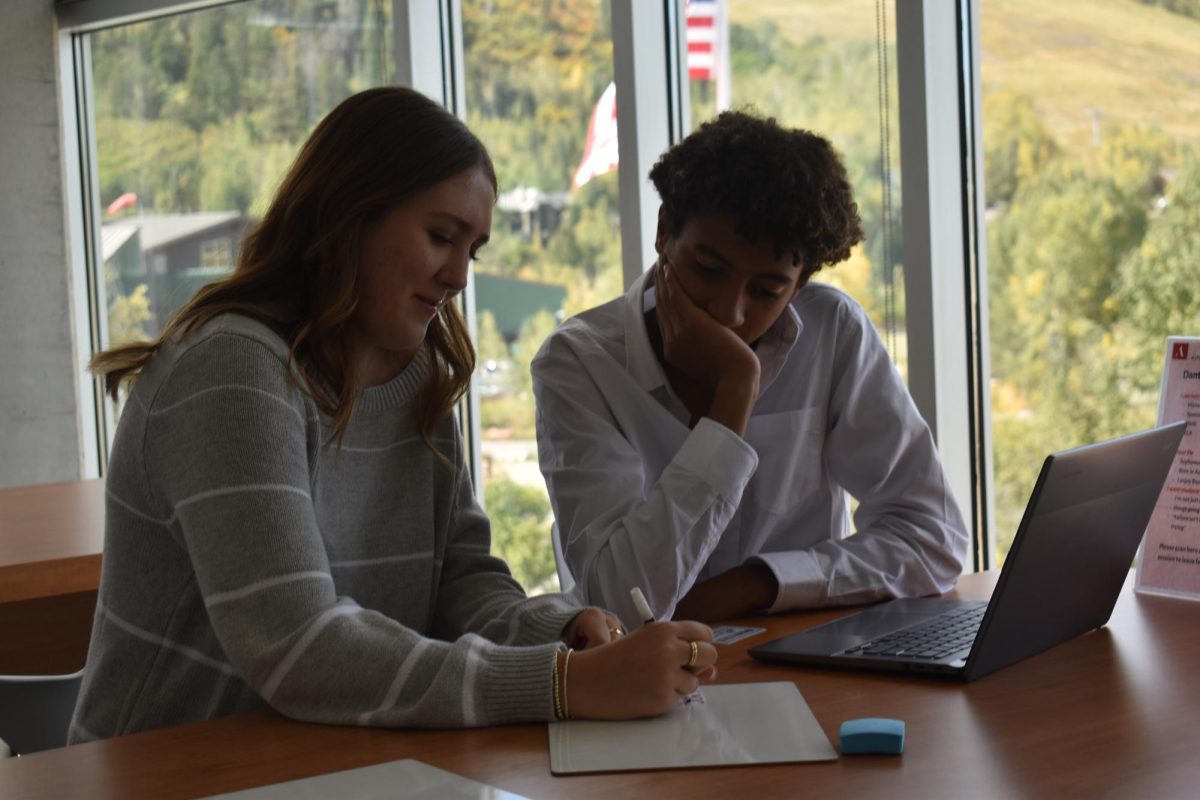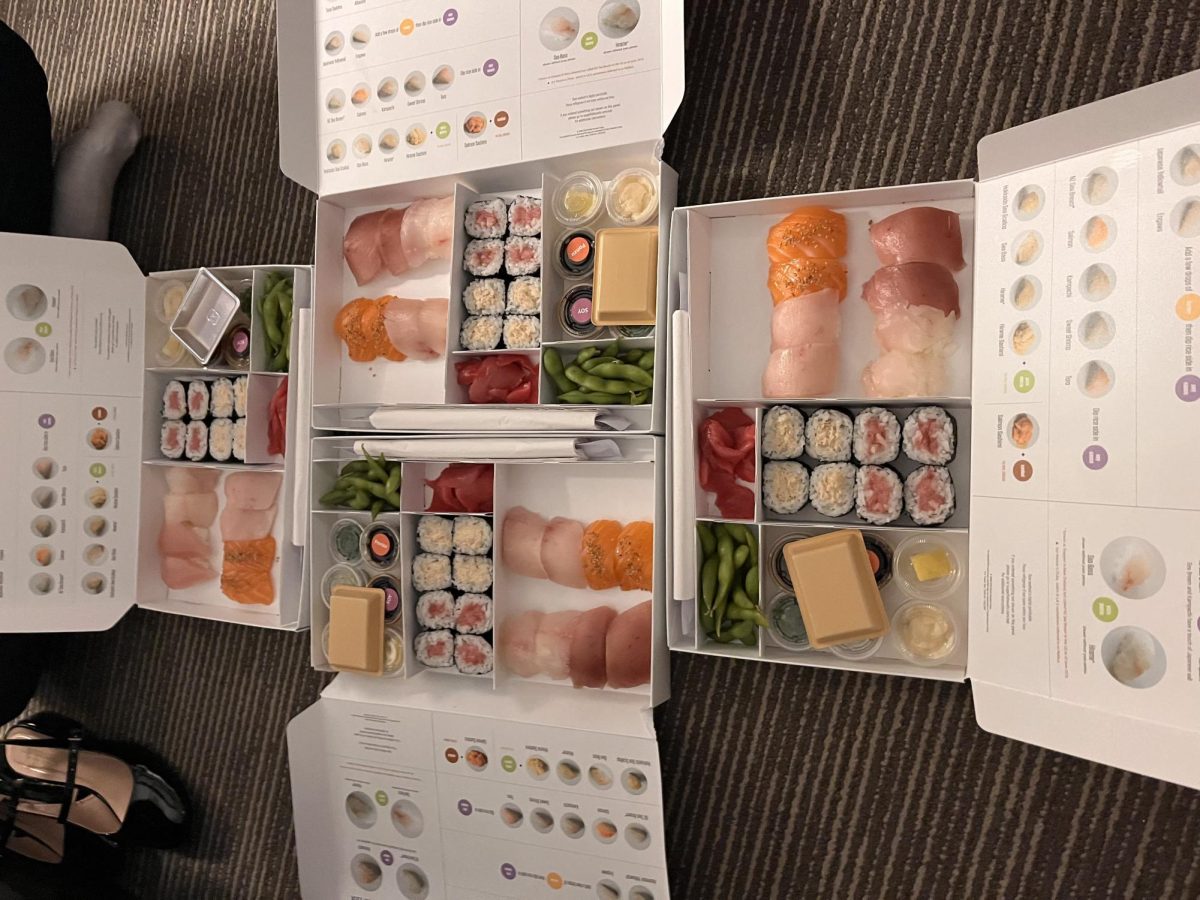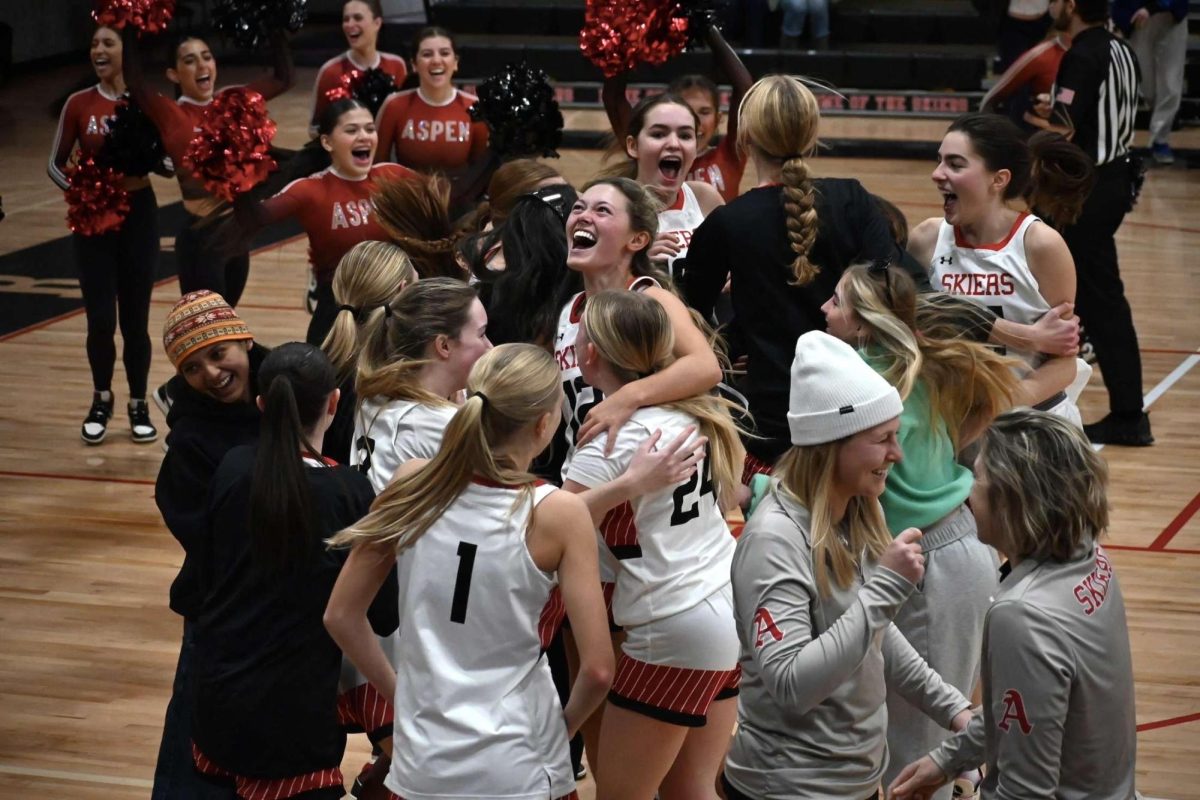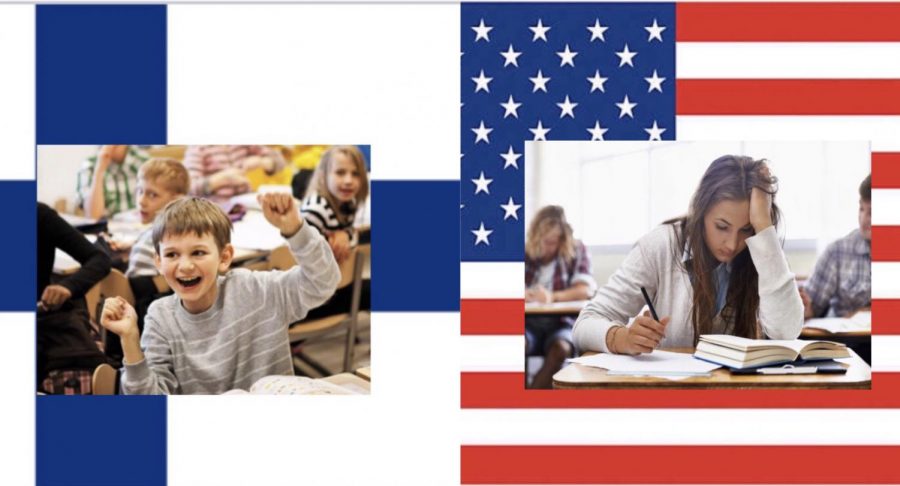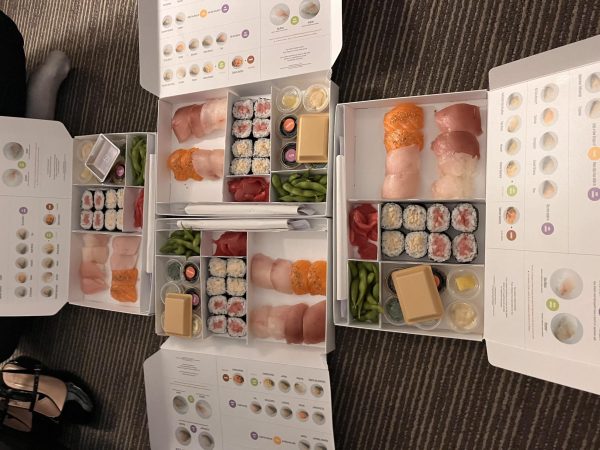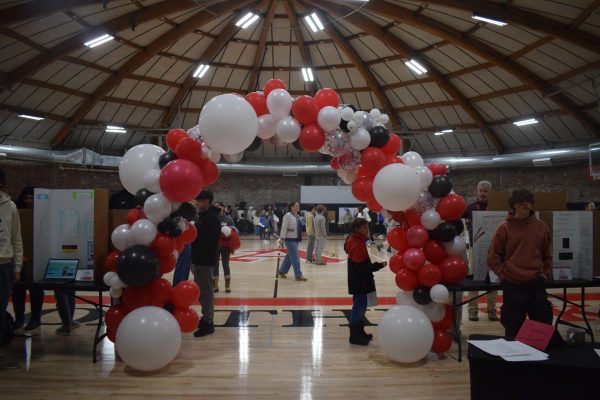Following Finland
Finnish student thriving in their school environment (left). American student stressed out (right).
There is a general consensus that countries, such as the United States, are leaders in education, and provide their students with academically superior schooling. However, the supposed world leader of education performed poorly on the first Programme of International Student Assessment (PISA), finishing in 16th place, while Finland earned first.
The PISA exam assesses students globally on Mathematics, Science, and Reading. The results of the first PISA test in December of 2001, astounded most of the world, leaving many perplexed as to how a country on the northern end of the globe with an unconventional education system could outrank them in every category. Finland has continued to outperform every country on the PISA in the last decade, and it will be no surprise when they end up ranked first again in the 2019 PISA results. Due to its performance, Finland has become a subject of research and analyses in order to find fundamental reasons for its success, and it boils down to one thing: their unique education system.
Finland’s education system was not always the high achieving organization that it is today. In the past, the system was disorganized and uncomprehensive. Many students did not receive a high school diploma due to the lack of regulation and standardized education. In 1968, leaders took action and introduced the 1968 School System Act, which propelled the process of gradual reform to make the country’s education system serve the whole country.
Part of this reform was introducing innovative ideas that other countries rejected, one of which is little to no homework. As outlandish as it may seem to Americans and other cultures in favor of a heavy load of homework, Finland’s philosophy is that kids should be allowed to be kids, free to explore the world around them. According to the Organisation for Economic Co-operation and Development (OECOD), students in Finland have less homework than any other students in the world. Typically, they spend only ten minutes to half an hour on homework each night and, depending on their grade, some receive none. Students in the U.S spend an average of four hours on their homework, not including projects, according to the OECOD. Finnish students obtain the necessary skills to excel in a subject within school hours. Although their approach is less conventional, Finland outranks cultures that emphasize a toxic school-to-life ratio. Without the added stress of homework, students can focus on what truly matters – learning and growing as human beings and creating critical social bonds with their peers and families.
In addition to minimal homework, Finnish students also have the shortest school days in the Western World and start later. On average, students in Finland attend 20 hours of school a week (including a 75-minute recess) and begin at 9:00-9:45 am. In contrast, American students go to school for an average of 35 hours a week (including a 27-minute recess) and start at 8:00 am. According to the National Center for Biotechnology Information, early start times are detrimental to students’ overall health and development. Finland’s system isn’t designed to cram information into their students, but to create an environment of holistic learning. The Finnish believe that, though our brains are organs, they are similar to muscles in the sense that overworking them leads to burnout, and causes unnecessary stress, which hinders the learning process because cortisol, the stress hormone, shrinks the Hippocampus. Their reduced school hours also fall in line with their philosophy that children need to have a life outside of school.
The modern American education system was built on the foundations of “Factory Schools,” which are schools that taught children how to be decent factory workers during the industrial revolution. According to Northwestern University economist Joel Mokyr, factory owners required “docile, agreeable workers who would show up on time and do what their managers told them.” Sitting in a classroom all day with minimal control over their education was proper training for that. However, modern needs have shifted, and yet the U.S still uses the “Factory School” model, designed to teach students what to think, not how to think.
The U.S education system is geared toward standardized testing. According to the National Center for Education Statistics, one-third of American education is dedicated to standardized tests. Often students will learn to pass a test, and teachers will teach with the sole purpose of students passing it. Because of this, Finland rejected the idea of standardized tests and focused more on teaching students how to think critically.
One of the most essential elements for Finland’s success is equal access to education. Their schools serve all students, regardless of family background or socioeconomic status. Finland has the smallest gap between the top and bottom-achieving students. Its no secret that in the U.S, schools are not equally funded and still extremely segregated, although the integration of education became federally mandated 65 years ago. According to The Brookings Institution, two-thirds of minority students attend schools that primarily consist of minorities and are classified as inner-city schools. The inner-city schools receive funding well below the number of suburban school districts that have a predominantly white population. The wealthiest schools receive ten percent more funding than the poorest. Due to this lack of funding, inner-city schools have underqualified teachers and outdated resources. Seventy percent of underfunded schools have teachers who teach without proper certification in their primary profession. In science and math, there is less than a 50 percent chance that the teacher has a degree or license in the field.
Finland is unlike any other school system. They allow their students to grow and learn with the world, rather than create a toxic and stressful environment, where learning is for a test and not for development. Students are not worked to the point of exhaustion but given the opportunity to be children and create genuine relationships. American students consistently rank near the middle or bottom amongst other nations in education. When Finland saw flaws in their system, they changed it to better their country. However, the U.S ignores this a need for reformation and takes no meaningful action. Although the U.S has always been an influential leader, education is an area where it needs to be a follower, and adapt a better education system that will foster the minds of the future.

